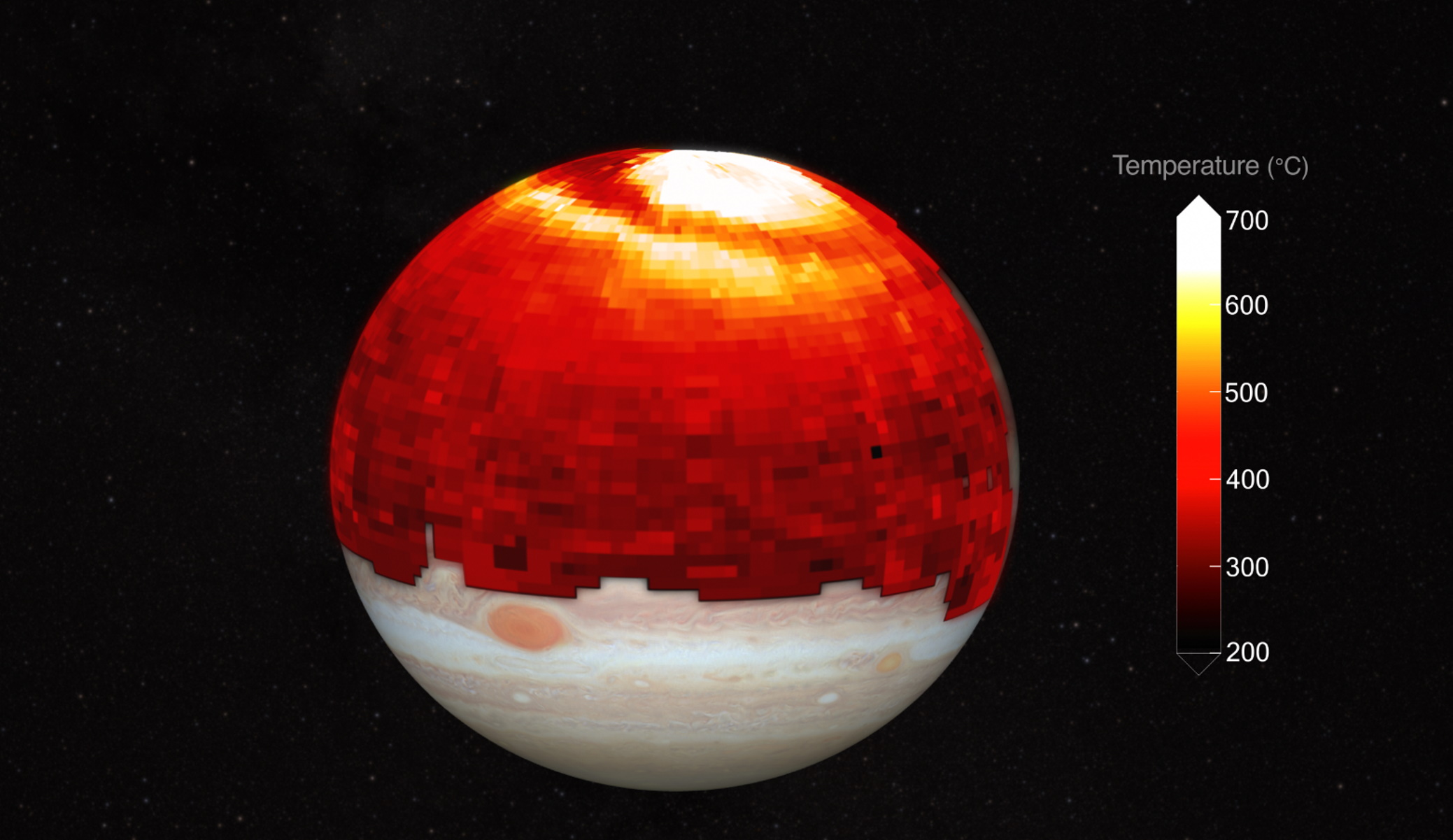
The Jupiter On Sunday (25.09.2022) it will make its closest approach to Earth since 1963. In its atmosphere there is a huge “heat wave” 10 times larger than planet we.
Jupiter is roughly 11 times the diameter of Earth, and measures 142,984 kilometres, while it takes about 12 years for one complete revolution around the Sun (that’s the length of its year). On the other hand, one revolution around itself (the length of its day) takes only ten hours, which is an astonishing speed for such a large planet.
Advertising
On Sunday, September 25, Jupiter will be closer to Earth than at any time in 59 years (since 1963), at a distance of approximately 591.2 million kilometers, according to NASA, so those interested will have a unique opportunity to watch it in the coming evenings, it is Already the brightest object in the sky after the sun and moon.
In fact, on Monday (26.09.2022), the Sun, Earth and Jupiter will be almost perfectly aligned, in an event that occurs every 13 months called opposition to Jupiter. Then Jupiter gradually moves away from our planet and appears fainter and fainter.
Advertising
Watch the video:
Among other things, Jupiter has a faint ring system of countless dust particles and – like Earth – a magnetic field, a huge doughnut-shaped belt of electrically charged particles orbiting the planet. Among the approximately 80 satellites of various sizes, the largest and most famous, discovered by Galileo 412 years ago, are Io, Europa, Ganymede and Callisto.
Hot Jupiter
Scientists have detected an unexpected “heat wave” with a temperature of 700 degrees Celsius and a length of 130,000 kilometers – nearly ten times the diameter of the Earth – in the atmosphere of Jupiter, the largest planet in our solar system. James O’Donahue of JAXA made a related announcement at the “Europlanet Science Congress” in Granada, Spain.
Jupiter’s atmosphere, famous for its distinctive colorful storms, is also surprisingly hot, hundreds of degrees higher than theoretical models predict. The gas giant planet is located hundreds of millions of kilometers from the sun and receives only 4% of solar radiation compared to Earth.
So, in theory, the upper atmosphere should be minus 70 degrees Celsius, but clouds at its summit have been measured at more than 400 degrees for reasons that aren’t clear.
Like Earth, Jupiter has auroras at its poles due to the solar wind. But while the aurora borealis on Earth are temporary and only occur when there is intense solar activity, the aurora borealis on Jupiter are permanent and of varying intensity. Scientists believe that the aurora borealis is the possible mechanism that explains the high temperatures in the atmosphere around Jupiter’s poles.
Then strong winds blow to spread this hot heat around the planet. Scientists’ observations show that the amazing “heat wave” travels at a speed of thousands of kilometers per hour around Jupiter.
Source: APE – MEB
Read also

“Avid problem solver. Extreme social media junkie. Beer buff. Coffee guru. Internet geek. Travel ninja.”





More Stories
Underworld – step
10 floral perfumes we buy again and again | Marie Claire
Download now for free a shooting game reminiscent of Atomic Heart and Bioshock for your PC